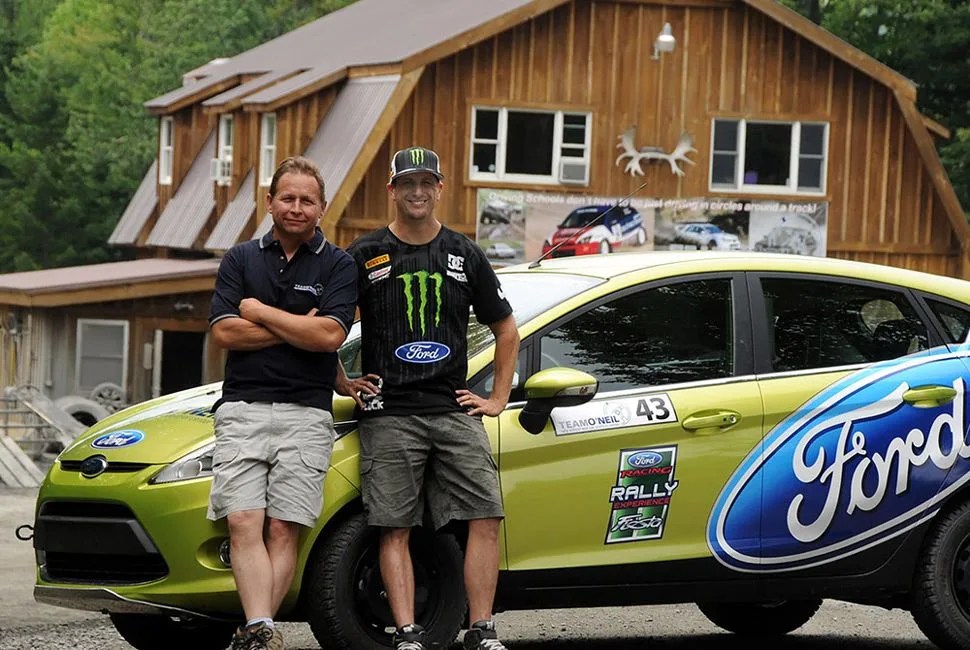Ken Block, Tanner Foust, and Travis Pastrana are now household names. They have headlined at the X-Games and the Gymkhana Series, and they have been featured on Top Gear USA. They’re all superlatively great behind the wheel — but, they weren’t born that way. They, like all professionals, had a teacher. Their educator is Tim O’Neil.
If you’re a fan of North American Rally, you know Tim. If you’re new to rallying, you’ll want to know Tim. A professional rally driver in the ’80s and the ’90s, O’Neil competed against the likes of Stig Blumqvist in his Audi Quattro and went on to win championships as a factory driver for Volkswagen and Mitsubishi. He’s been an Air Force mechanic and a ProRally Champion, and now, he’s teaching America’s brightest rally stars. I sat down with him to talk truth about rallying, breaking cars and how to get beer from spectators.

MORE DIRT SLINGIN’: Greatest Rally Drivers | How Rally Changed Forever | Meet Quattro
Q. How’d you get into rallying?
A. Well, when I got out of the Air Force I was going to continue as an aircraft mechanic. But some of my friends were already racing stock cars and they wanted me as a mechanic. I didn’t know about rally. And they used to have mechanics races where once a year the mechanic would drive, and it was usually kind of funny because they’d all start spinning out and hitting things; it was just ridiculous. I went out and won the race and didn’t even know it. I just passed everybody. The next two years I raced stock cars and turned out not to like it all that much. The people involved are angry and it seemed like it was all about the car setup and how much money you could spend. The driving was a secondary element of it. At the same time I was into foreign cars and I was following the Triumph TR8. I saw a magazine with John Buffum’s TR8 rally car going through a mud puddle at 80 mph, and I said, “What is that?!” I knew a guy that worked with Buffum and got introduced and at that point I said, “That’s it. That’s all I want to do with the rest of my life.” I haven’t thought about anything else since, and that was like, ’80 or ’81.
There’s nothing like a steaming, dirty rally driver begging for beer. Spectators always give you beer.
Q. What was it like when you first got into Rallying?
A. The Quattro was just coming out. And I learned early on from Stig Blumqvist and a lot of the other Finnish and Swedish drivers that in order to master all-wheel-drive, you had to master front-wheel-drive first. A friend I had was working for Saab, so I started working for him, preparing FWD cars. The standard-based production cars were all I could afford, so that’s where I started. Around ’86, VW had a Group A Rally Golf, so I bought one used and started winning. When their factory driver retired, I was the main candidate to take his seat. And in ’87 I got my first factory ride with VW.
